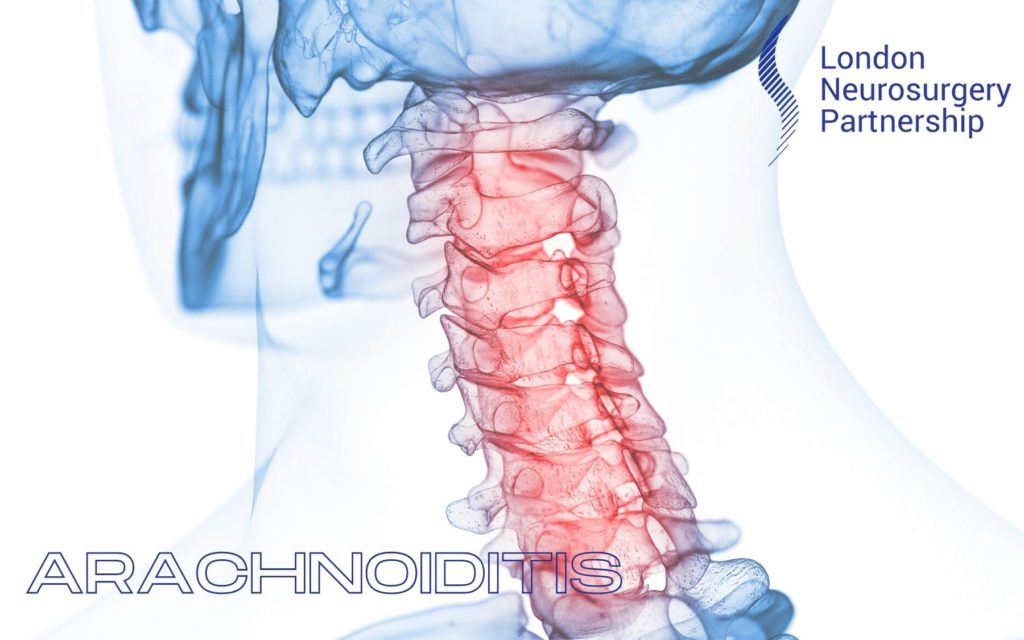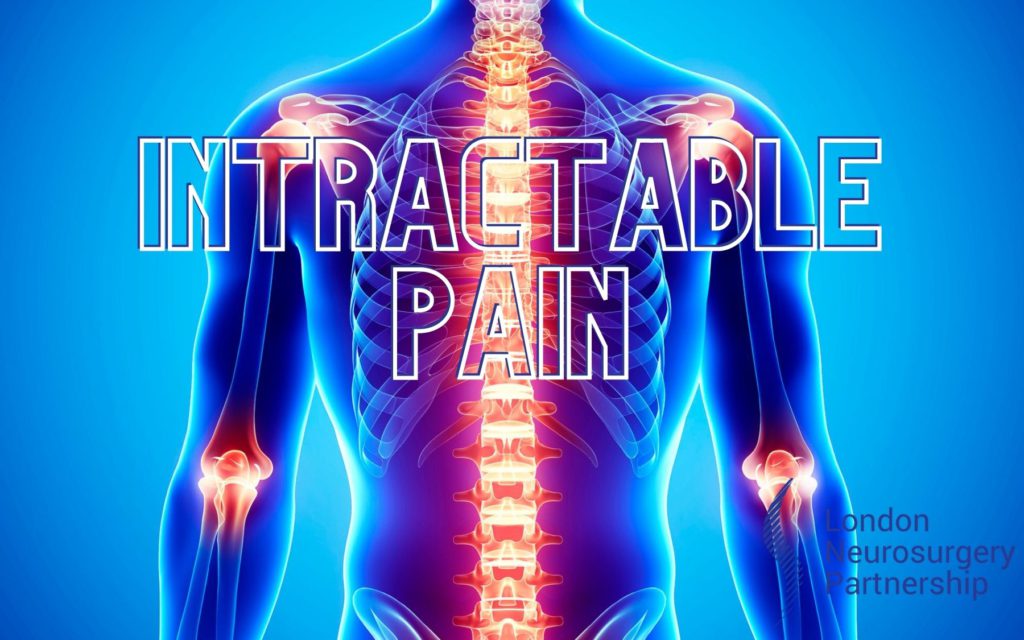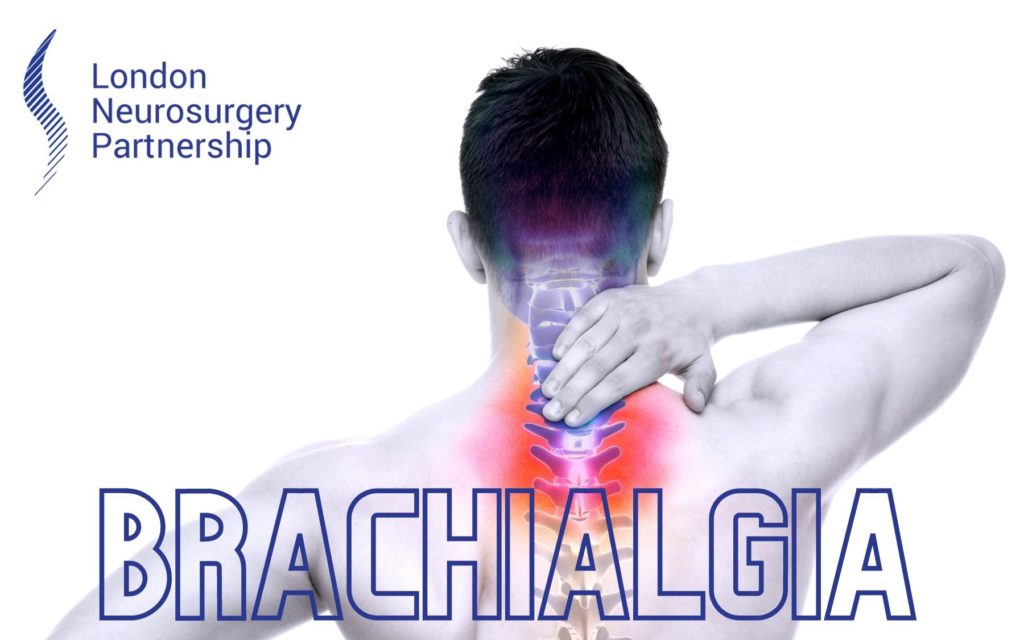
Arachnoiditis is a painful condition of the spine. It is caused by the inflammation of the arachnoid lining which is the middle layer of three membranes that surround and protect the brain and nerves of the spinal cord. It is a debilitating condition that causes burning pain and stinging sensations, coupled with neurological problems.
What causes arachnoiditis?
The condition often starts after surgery, injury or epidural injection to the spine. Causes include:
- Direct injury to the spine
- Chemicals. Dye used in myelograms (diagnostic tests in which a dye called radiographic contrast media is injected into the area surrounding the spinal cord and nerves). The radiographic contrast media responsible for this is no longer used, however there is concern that the preservatives found in epidural steroid injections may cause arachnoiditis.
- Infection from bacteria or viruses.
- Chronic compression of spinal nerves. For example, chronic degenerative disc disease or advanced spinal stenosis.
- Complications from spinal surgery or other invasive spinal procedures.
What are the symptoms of arachnoiditis?
Symptoms depend on which nerves or areas of the spinal cord are damaged by inflammation. Arachnoiditis often causes intense pain in the injured area, which can include the lower back, legs, buttocks or feet. In severe cases, it causes debilitating pain throughout the whole body. If left untreated, the symptoms can get worse and cause permanent disability. Symptoms include:
- Tingling, numbness or weakness in the legs
- A crawling sensation on the skin
- Severe shooting pain
- Muscle cramps, spasms and uncontrollable twitching
- Bladder, bowel and possible sexual dysfunction
How is arachnoiditis diagnosed?
Arachnoiditis can be difficult to diagnose as the symptoms are similar to other nerve problems in the back. Knowing that you have recently had a spinal surgery, an injury or an epidural injection can help your consultant with the diagnosis. If a consultant suspects that you have this arachnoiditis they will carry out a CT scan and/ or an MRI scan. They will use the results from these to assess if there is any nerve damage and whether the nerve roots have clumped together which will confirm the diagnosis.
How is arachnoiditis treated?
There is no cure for arachnoiditis. Most treatments focus on relieving pain and improving symptoms to restore quality of life. Often, consultants will recommend physiotherapy and exercise which will help to regain movement in the affected parts of your body.
As arachnoiditis can cause serious disability and chronic pain, many people with the condition also experience depression. Therapy can help you to cope with the emotional and physical pain of the condition. Finally, surgical procedures are sometime recommended, this includes decompression surgery.
This article is intended to inform and give insight but not treat, diagnose or replace the advice of a doctor. Always seek medical advice with any questions regarding a medical condition.
Back to spinal conditions.





0 Comments